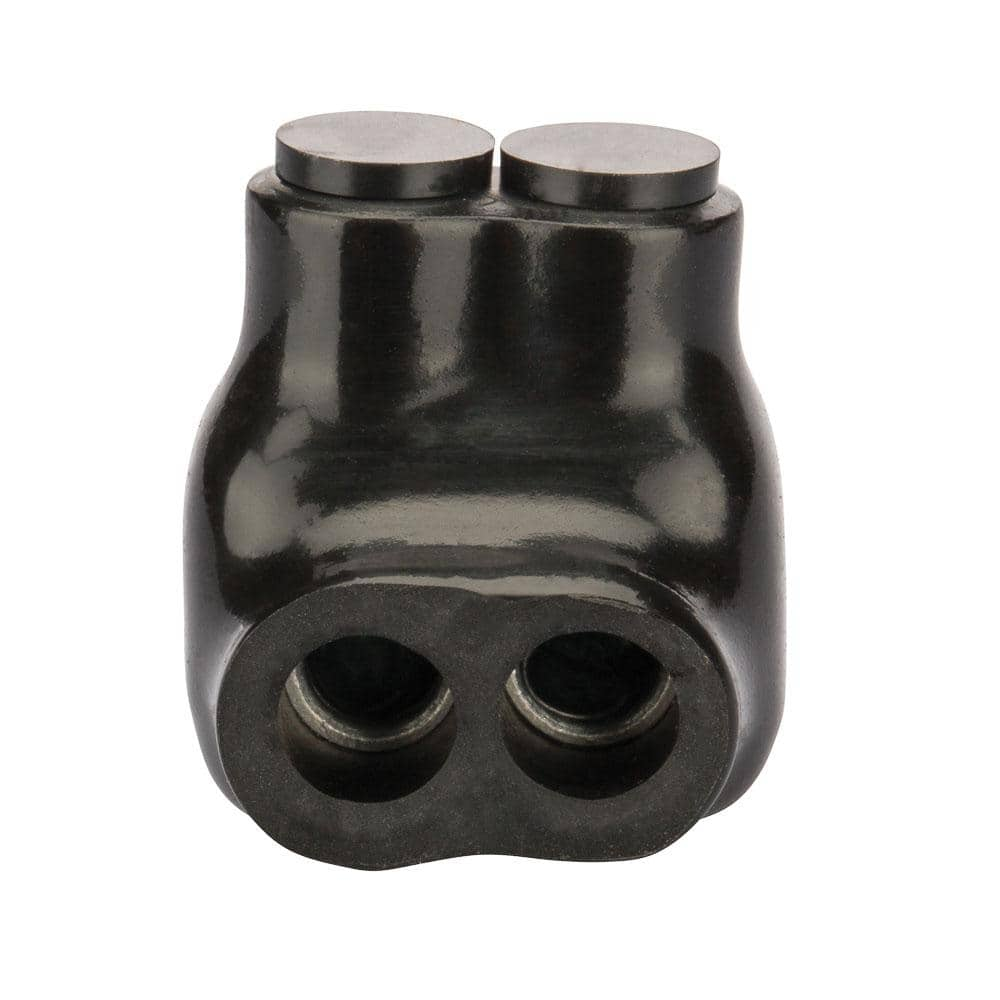I live in the forest and have some solar shading from trees. I am adding an array with (3) used 36V 250 watt panels. They will be east facing in order to capture sunlight in the morning. The feeder cable to connect them to my solar combiner box would be about 80 feet. From the voltage drop calculator, I estimate I would need a 4AWG cable with 2.6% voltage drop or maybe I could get by with 6 AWG. I'm not sure the cost difference is enough to try to skimp on it. Anyways, from my research the minimum MC4 connector appears to be something like 8AWG. Is there a "correct" way to do this? I'm sure I could do a butt connector or splice them with shrinkwrap tubing, but I would like to do something more standard if possible. I don't have code checks or anything so I can do whatever I want, I just want it to last.
sjkted
sjkted



